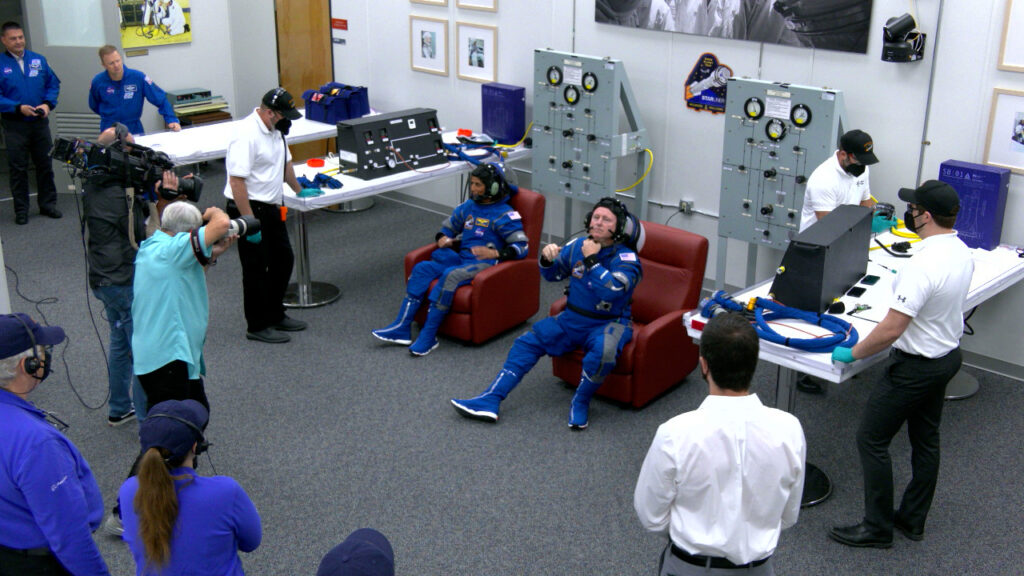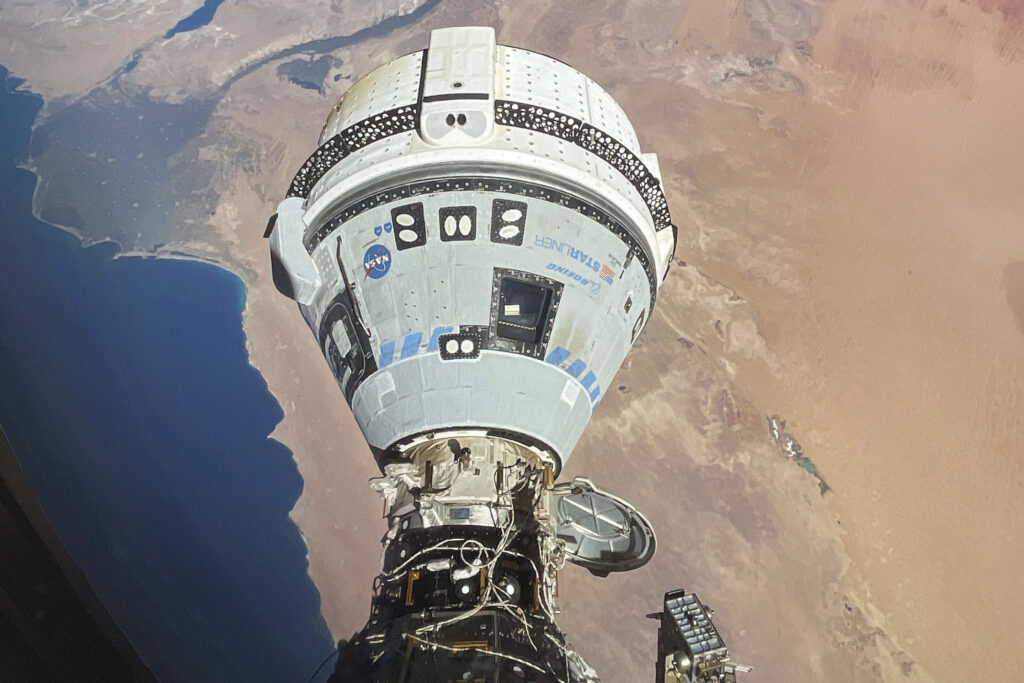That’s no moon, that’s a space station!
The return of NASA’s GEDI (Global Ecosystem Dynamics Investigation) is underway, as the agency’s very own “lightsaber” will soon be back to measuring forests in three dimensions after it was reinstalled on the International Space Station April 22.
Measuring distances with similar principles as sonar, a lidar instrument uses light instead of sound. Rather than working on a forest moon in a galaxy far, far away, the instrument works much closer to home: measuring Earth’s forest structure including the height of the canopy, density of vegetation, and the distribution of branches and leaves.
As an instrument of the light side, GEDI is readying for its second mission aboard the space station.
After completing its extended mission in March 2023, a robotic arm was used to move GEDI temporarily to an exterior storage site on the space station for hibernation. Soon after reinstallation, teams began testing it for any forms of hibernation sickness and expect it will begin gathering data again this summer.
The force is strong with this one
Scientists used GEDI data to map Earth’s biomass and track how forests respond to climate change and land use impacts. Data from GEDI has helped to measure the height of forests across the globe in greater detail than ever before, and also to quantify the impact of protected areas on carbon sequestration.
Learn more about NASA’s GEDI master: https://nasa.gov/GEDI




